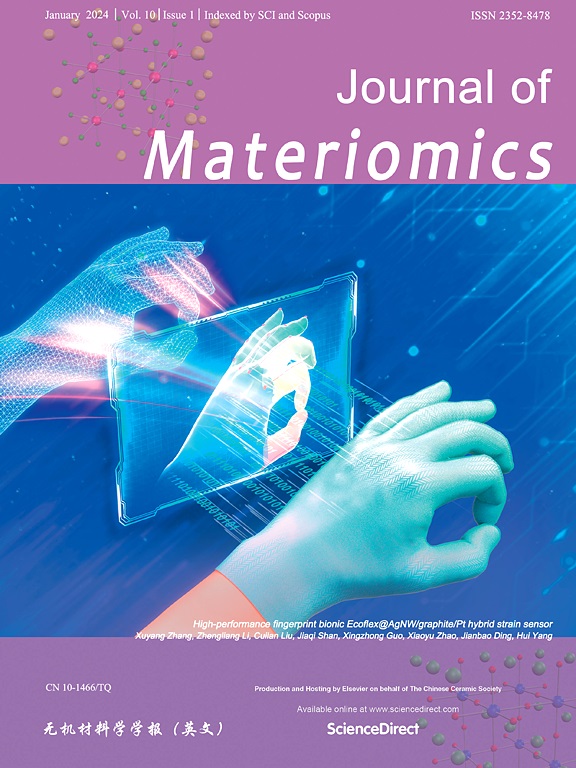铁电增强电池可实现快速充电并提高长期性能
IF 8.4
1区 材料科学
Q1 CHEMISTRY, PHYSICAL
引用次数: 0
摘要
本文章由计算机程序翻译,如有差异,请以英文原文为准。

Ferroelectric-enhanced batteries for rapid charging and improved long-term performance
Ferroelectric materials with large spontaneous polarization and high permittivity are emerging as potential candidates to enhance the performance of lithium-ion, sodium-ion, and solid-state batteries. This review provides an overview of the application of ferroelectric materials to batteries, with an emphasis on the working mechanisms by which they can enhance charging, cycling capabilities and stability. Reported mechanisms of ferroelectric-enhanced battery performance include space charge layer modulation to increase ionic conductivity within electrolytes or reduce interfacial resistance between electrode and electrolyte, improved rate kinetics by promoting reactions within the anode or cathode, improved battery stability, and the mitigation of polysulfide shuttling effects in lithium-sulfur batteries. Improving ionic conductivity is a recurring theme that can facilitate homogeneous plating of lithium or sodium at the anode to reduce and avoid dendrite growth, thereby extending battery lifetime and cycling stability, whilst enhancing charge and discharge rates. Inorganic ferroelectric additives to porous separators and solid electrolytes can also provide secondary benefits in terms of mechanical properties to resist dendrite penetration and mitigate against battery failure. Improvements in characterization techniques are suggested to aid in separating the benefits that arise from ferroelectricity from those attributable to competing mechanisms. Future challenges and perspectives of ferroelectric-enhanced batteries are discussed.
求助全文
通过发布文献求助,成功后即可免费获取论文全文。
去求助
来源期刊

Journal of Materiomics
Materials Science-Metals and Alloys
CiteScore
14.30
自引率
6.40%
发文量
331
审稿时长
37 days
期刊介绍:
The Journal of Materiomics is a peer-reviewed open-access journal that aims to serve as a forum for the continuous dissemination of research within the field of materials science. It particularly emphasizes systematic studies on the relationships between composition, processing, structure, property, and performance of advanced materials. The journal is supported by the Chinese Ceramic Society and is indexed in SCIE and Scopus. It is commonly referred to as J Materiomics.
 求助内容:
求助内容: 应助结果提醒方式:
应助结果提醒方式:


